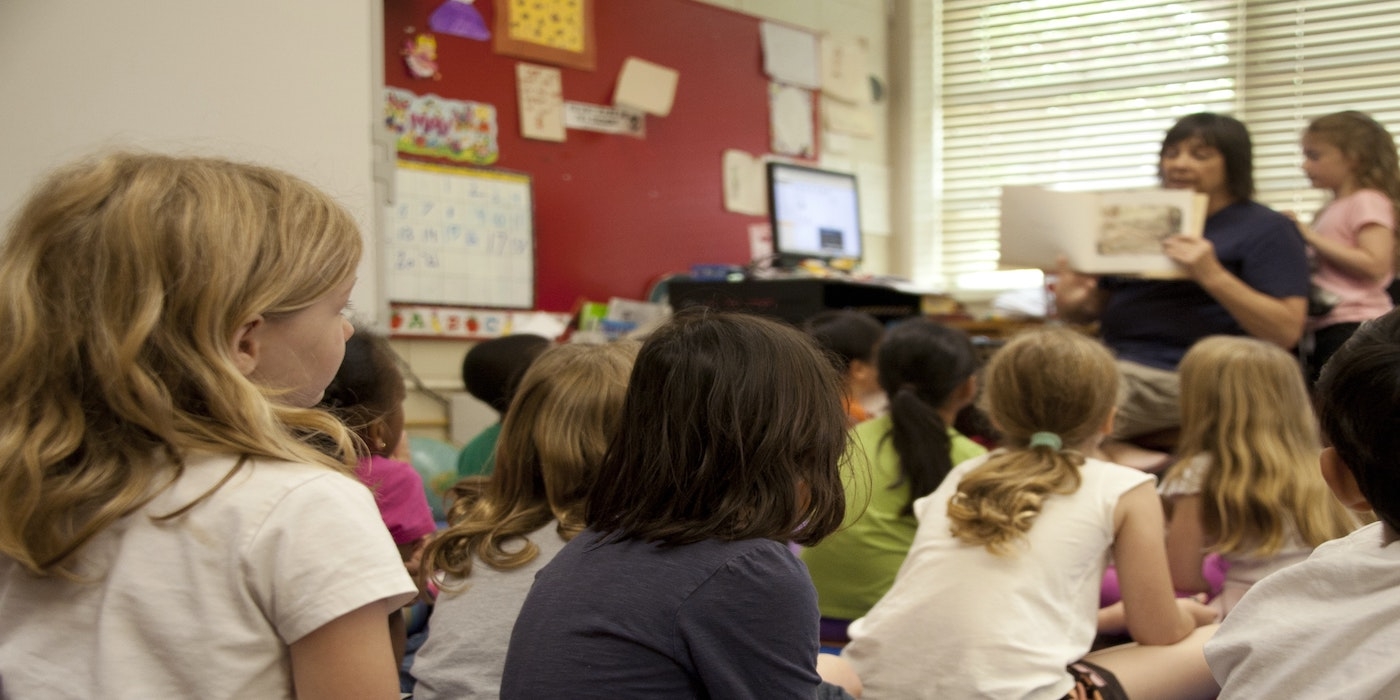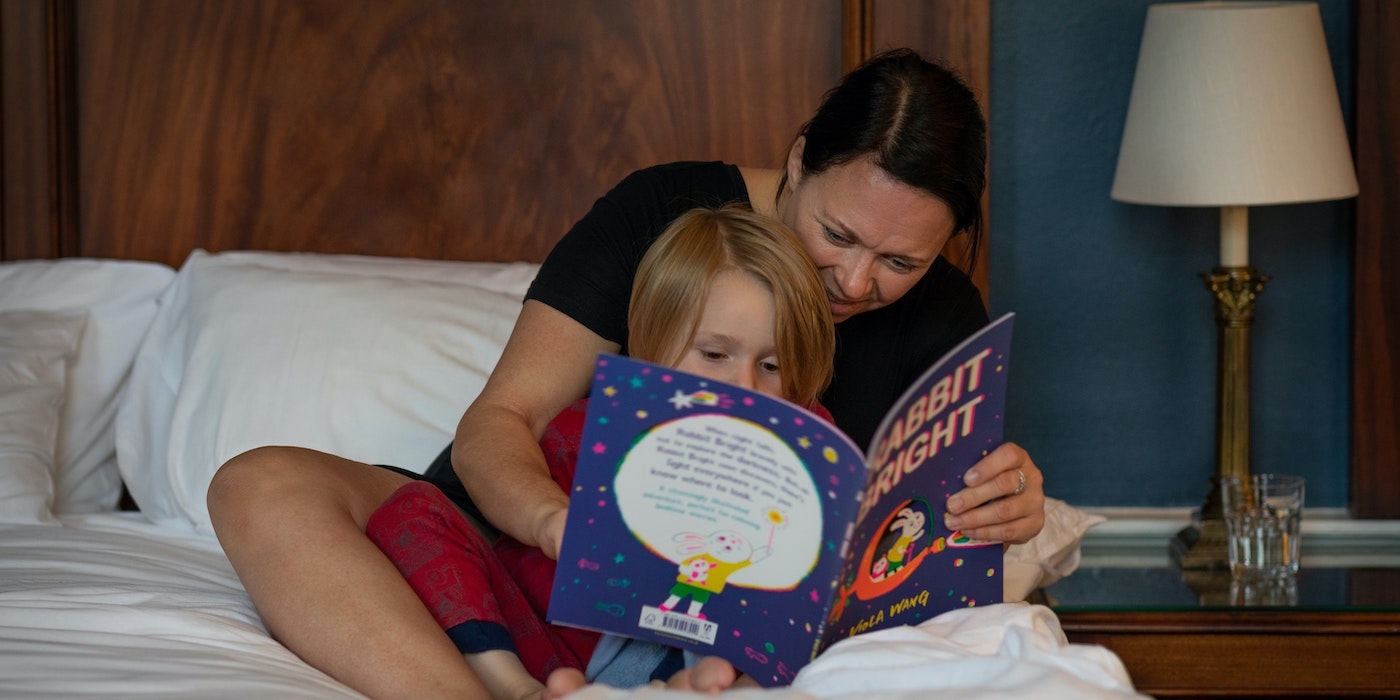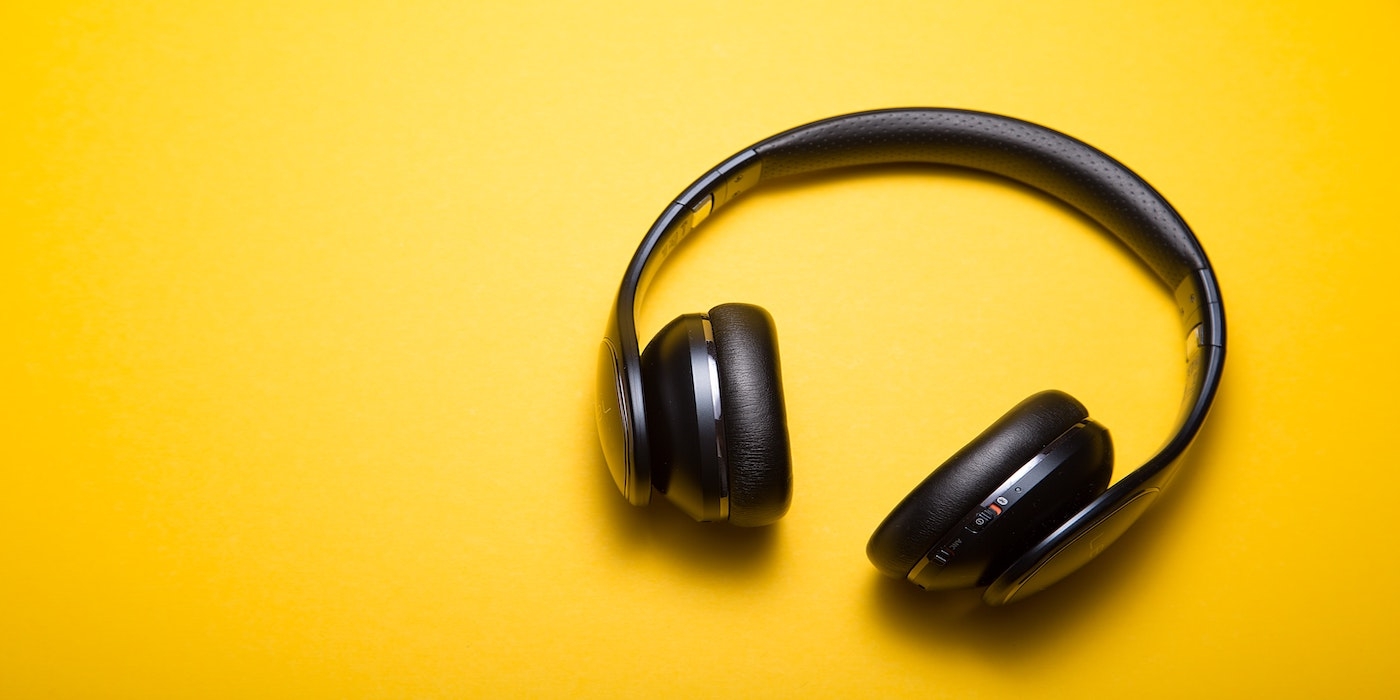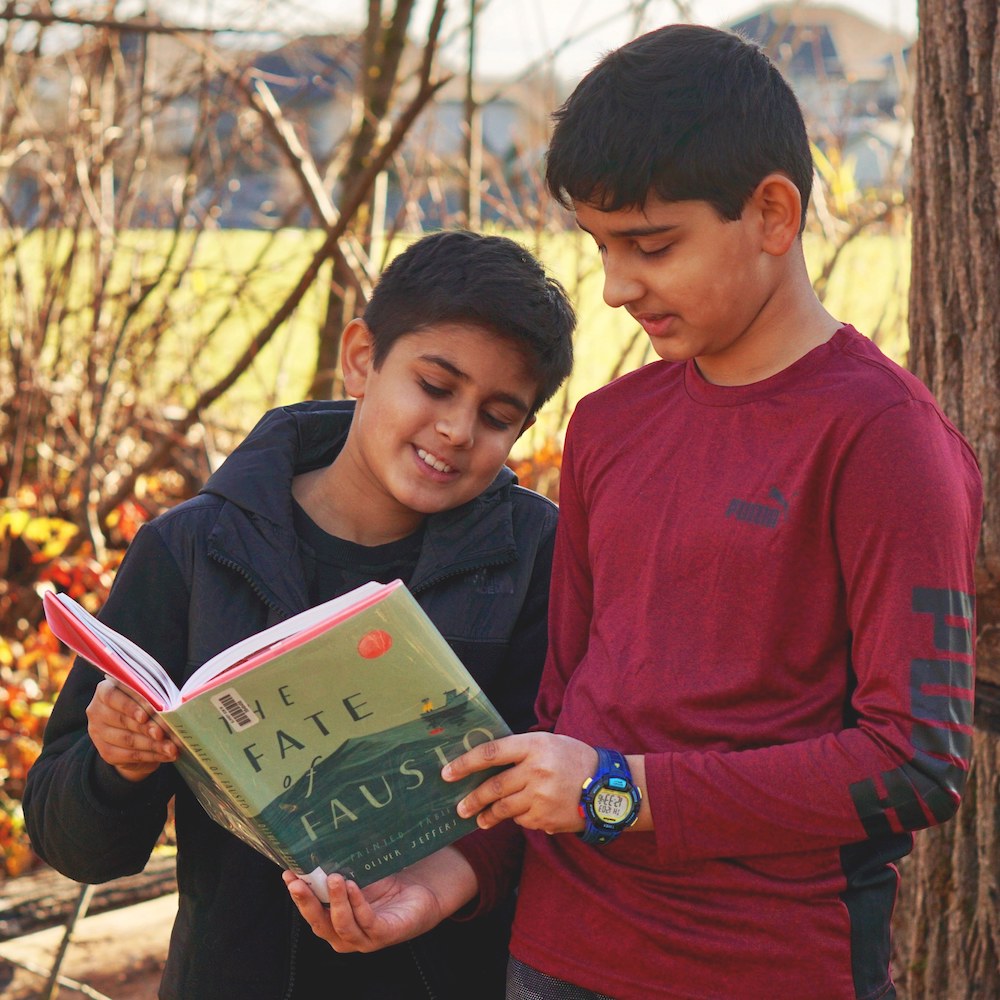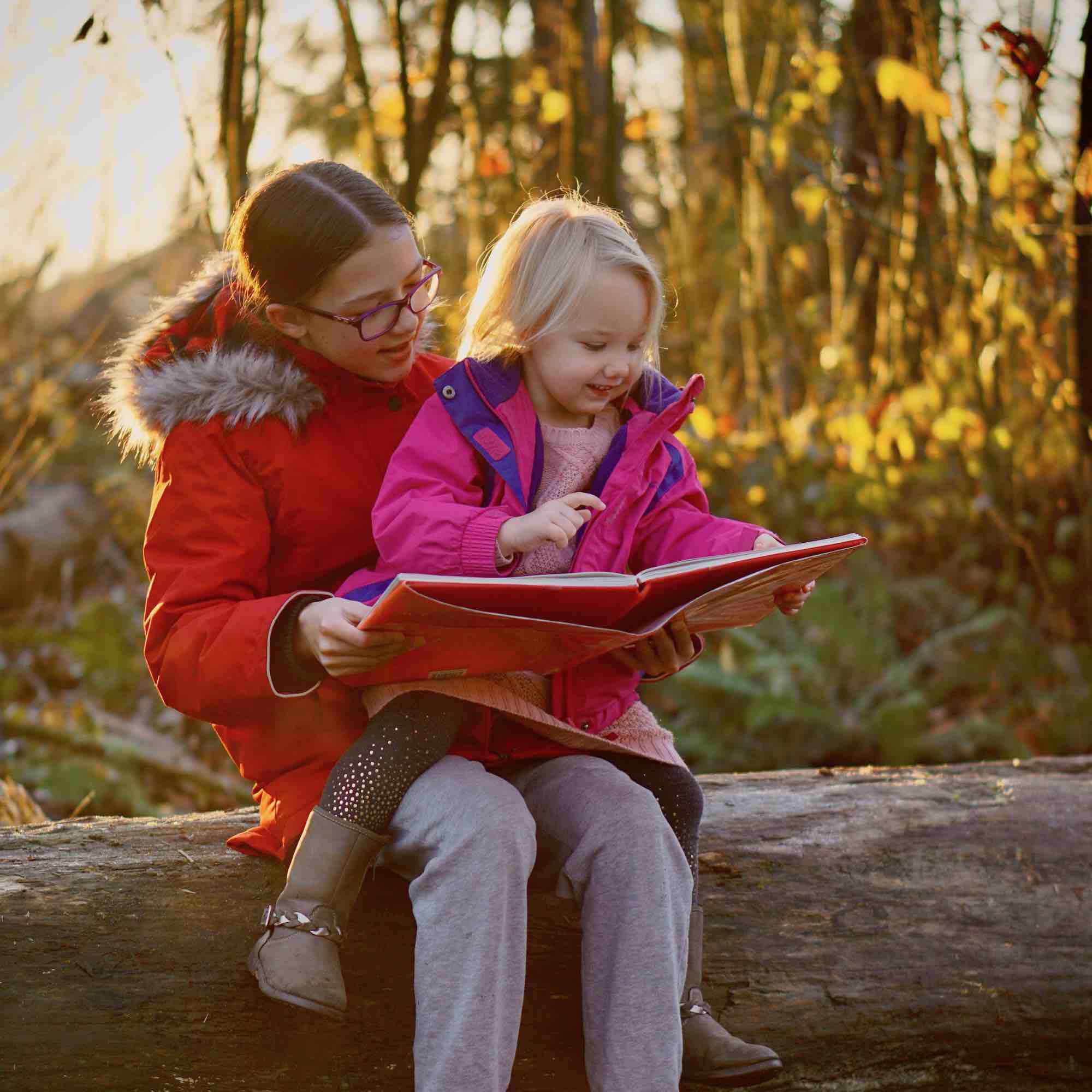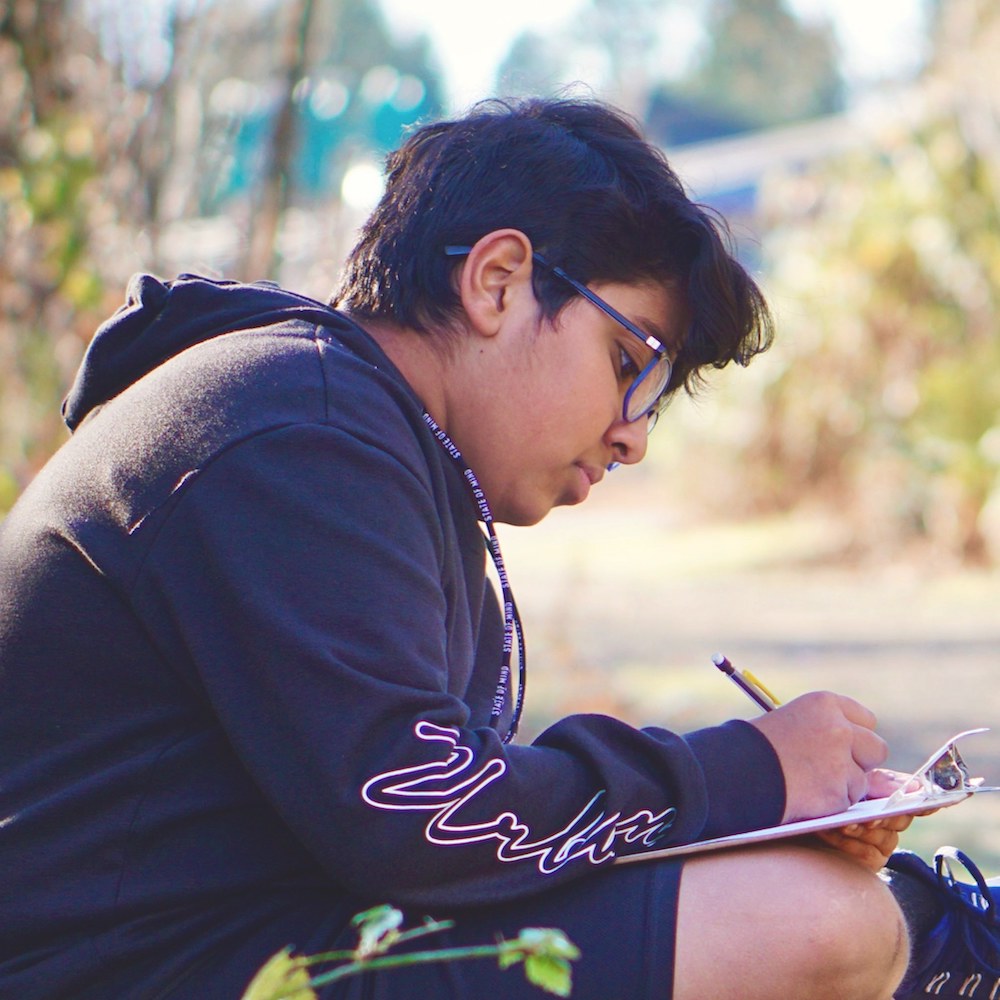"Even if we spend lots of instructional time teaching decoding and strategic reading, [students] will continue to struggle to comprehend text unless we also support their vocabulary development." (T. Wright, 2021).
A vocabulary is the "mental dictionary" (Hennessy, 2021) or collection of words an individual understands and can use to communicate. This includes words we receive through listening or reading, known as a receptive vocabulary, as well as words we know and can use accurately when expressing ourselves through speaking or writing, known as expressive vocabulary.
Vocabulary is one part of oral language development. The foundation of listening and speaking will support reading comprehension and writing as children learn to access and use words they understand in new ways.
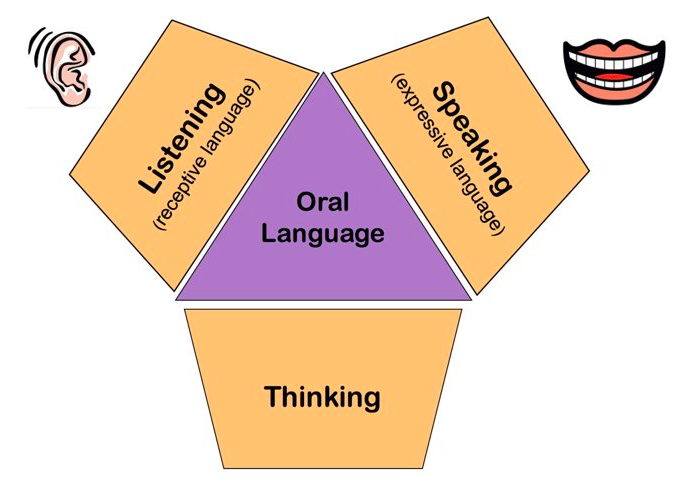
(Source: M. Trehearne, 2016)
Ideally, learners will continually increase in the depth, breadth, and fluency of their vocabulary. Some words are understood with more richness or depth (including multiple meanings and uses, plus a deeper understanding of connected concepts), whereas a breadth of words is the amount of words known. Fluency indicates how quickly we access the word's meaning in our brain when it is encountered.
We are continually learning, growing and revising our vocabularies as we learn more about our world. In classrooms, attention to vocabulary can flow throughout the day, across the curriculum, during reading experiences (especially read-alouds), classroom conversations, while creating multi-modal texts, and through firsthand experiences.
